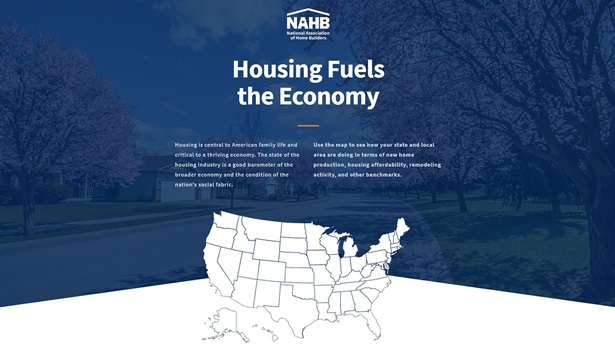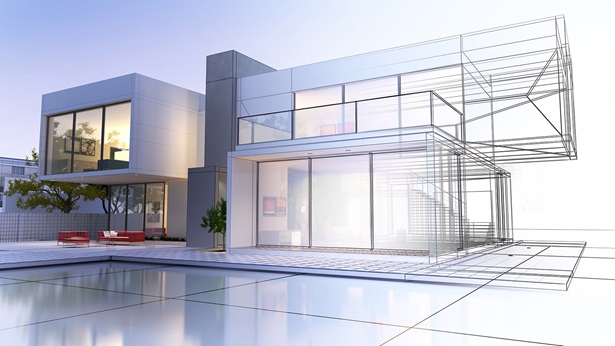Improve Your Home’s Energy Efficiency with Technology
Today’s home buyers are looking to incorporate home technologies that increase the long-term value of their house while also providing convenience, safety and comfort. In fact, NAHB research shows that most home buyers want an energy-efficient home and are willing to pay more for it.
NAHB’s consumer preferences survey of more than 3,600 recent and prospective home buyers examined the features, products, amenities and layouts preferred in a new home.
In the home technology category, home buyers highly ranked features that improve a home’s efficiency, including multi-zone heating, ventilation and air-conditioning (HVAC), lighting controls and a programmable thermostat.
By incorporating the following technologies, home owners can save money on their utility bills:
- Automated HVAC systems can maintain an energy-efficient temperature when home owners are not in the house, but can switch to a more comfortable temperature shortly before they arrive home. Zones can also be created to heat or cool only the areas that the occupants use most frequently. Other areas, such as guest bedrooms, will not be heated on cooled until necessary. According to ENERGY STAR, a joint program of the U.S. Environmental Protection Agency and the U.S. Department of Energy, programmable thermostats can save consumers about $180 per year in energy costs.
- Tankless water heaters are designed to save energy by heating water only when needed. They are similar in cost to traditional gas water heaters but are 30% more efficient, according to the U.S. Department of Energy.
- Lighting can make up 10% to 20% of the home's total electrical use. Installing automated dimmers, timers and smart bulbs could lower electricity bills and increase the life expectancy of light bulbs.
- Blinds and drapes can be programmed to close during the hottest part of the day to block out the sun, which works to cool the home. In the colder winter months, they can open up to allow the sun in to warm the house and help regulate the room temperature.
- High-tech appliances
- Real-time energy monitoring
- Automated personal home assistant
- Connected house/Internet of Things
By incorporating technologies that help make homes more efficient, ENERGY STAR estimates that home owners can save $200 to $400 annually on their energy bills.
To learn more steps that you can take to improve your home’s efficiency, visit ENERGY STAR’s website.



